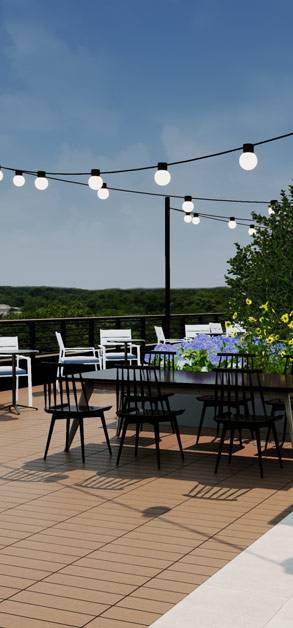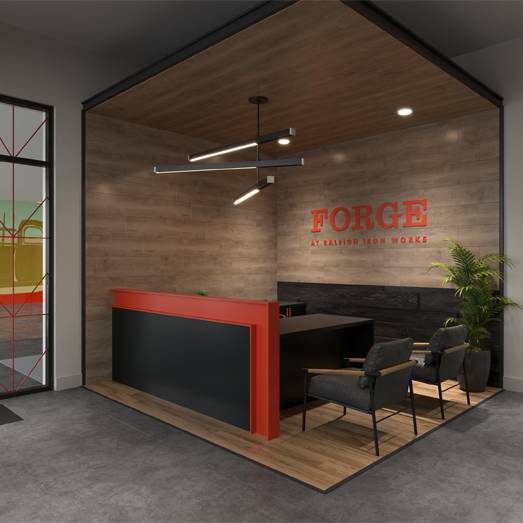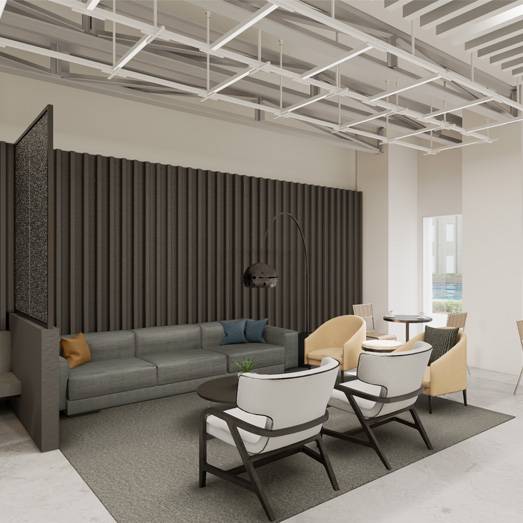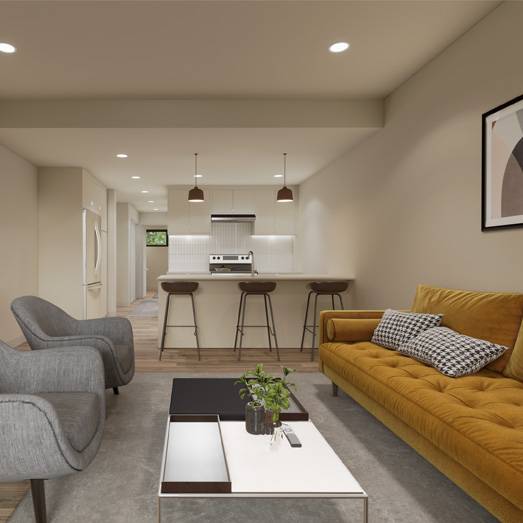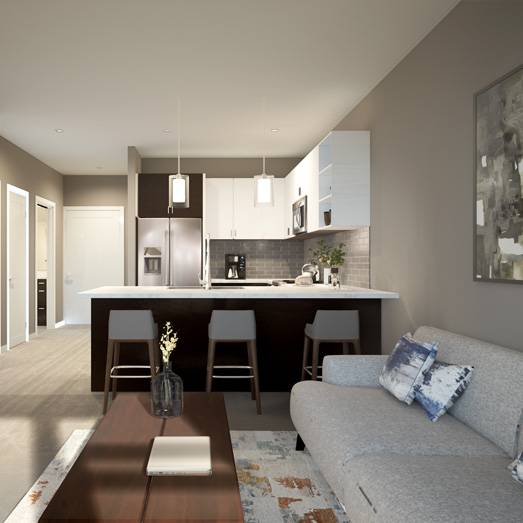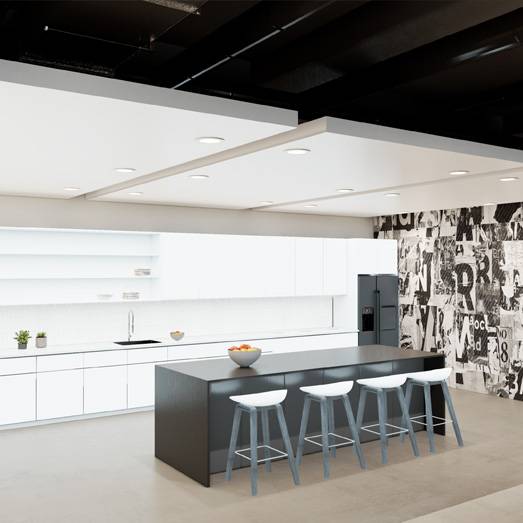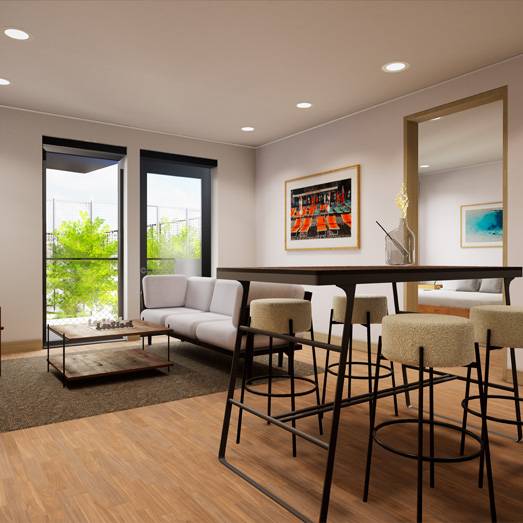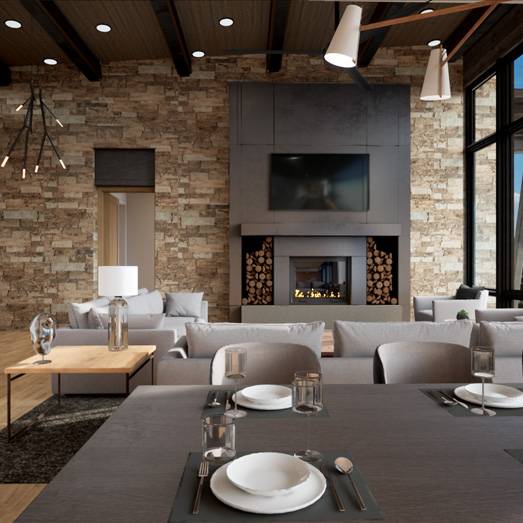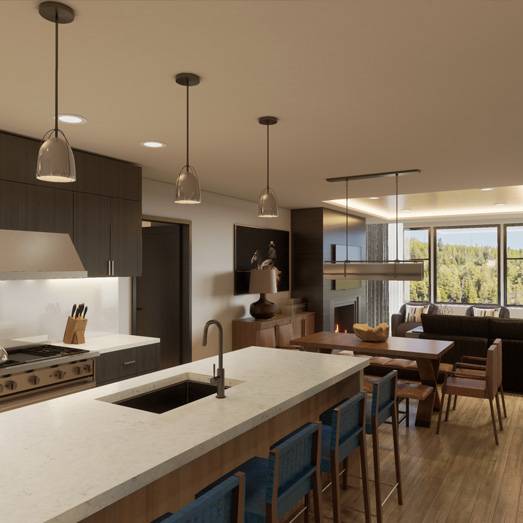Trusted by leaders...

Likelihood of Closing

Prospect Interest

Pipeline Conversion
Sell Properties Before
They’re Built
Real estate developers turn to Outer Realm for customizable virtual experiences. Stand out from the competition and let our results-focused services inspire sales before construction begins. Leverage a full suite of visual assets, ranging from interactive VR tours to flythorugh videos to capture interested buyers and make an impression.
Featured by:
Open More Doors with Our Services
Thanks to ever-improving technology, the dedicated team at Outer Realm provides high-resolution and cutting-edge visual media using the latest tools and trends. We have years of experience producing advanced, dynamic, and modern visual experiences that outshine the competition. Your unbuilt property can virtually be made a reality with our high-resolution and highly impactful architectural visualizations.
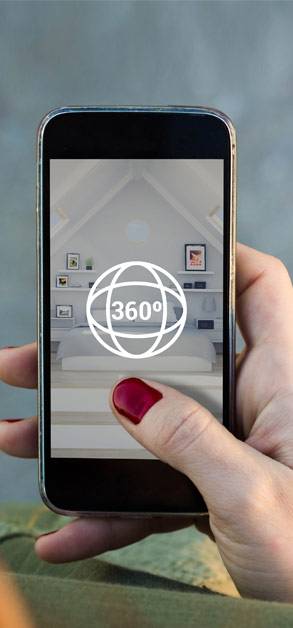
360 Virtual Tours
Let potential buyers see your upcoming property with interactive 360 panoramic tours for any device. This option is great for presenting on larger screens and tablets during in-person meetings and site tours. These tours can also be leveraged as website embeds and direct links in your email campaigns.
Success Stories

Anthony Maher
Leasing Director and Partner 3.0 University
Christina Calabrese
Director of Planning Lone Mountain Land Company
Billy Fink
Senior Director of Marketing Convene
Andrew Ernemann
Aspen Sotheby’s Broker AssociateFAQs
1How long does it take to create a tour?
An average property takes 4 to 6 weeks. We can rush projects for a small premium, and larger projects can take longer depending on the scope. Every proposal will include an estimated timeline to produce.
2What collateral or information do you need? Do you just need the CAD drawings?
We can work with whatever you have. Because our team consists of what we jokingly call “recovering architects,” we have worked from as little as napkin sketches to representing every exacting detail from construction documents. At the start of each project, we’ll send a “wishlist” request for information that includes 3D models (any format), CAD/PDF drawings, and specifications or reference imagery for furniture, finishes, fixtures, and appliances.
3What if I don’t want to use one of the tour content formats?
That’s totally fine. We provide the full suite of content for you to use as you see fit. The suite allows you to engage your prospect in any context—from web, to mobile, to print, to in person. Some folks choose to forgo using virtual reality, that’s fine. Because our software automatically publishes the different formats, the cost is in the production of the 3D Model Environment and underlying software authoring, not the different formats.
4This sounds great, but how much does it cost?
Because each project is unique, we prefer to ask a few specifics and understand your needs before giving you an exact price. For commercial office space, lobbies, residential interiors, and amenities, we keep it simple and price by the square foot. For exterior spaces and unique spaces, we price by looking at the design, estimating our costs, and then factoring in our business margin.
5We’ve just updated our website. Can this work with that?
Yes, embedding our 360 tours or video flythroughs on your website is simple. We use something called an I-frame, and your web developer should be able to implement it in minutes.
6We’ve been leasing property for years without this. Why should we change?
Recognize that change is critical to staying competitive. Just think about it this way: Imagine a prospect comes to your pitch and you show them a three-ring binder and a PDF presentation, and then they leave your pitch and head across the street to a competitive property that shows them a video animation primer, walks them through an interactive 360 viewer, and then culminates the pitch with a VR experience of the property. Which of those two pitches would you rather be? How important is it to you to stop losing prospects to competitive properties?
7Doesn’t VR make people nauseous?
Only if it’s poorly made. Unfortunately, there are a lot of sub-par VR creators who have cheapened VR experiences with cheap hardware and poorly made experiences. When we create VR, we only use the best hardware and ensure the models run at adequate framerates to prevent any nausea.
8Do you use Unreal Engine or Unity?
For our Unbuilt virtual tours, we have built our product on top of Unreal Engine, which allows us to achieve exceptional visual quality. We have built our custom controller user interface, tools for optimizing our scenes, and automation tools for publishing all the content formats.
9Can you help further explain the ROI?
In commercial real estate, securing a lease just one month earlier or just 1% higher rates is a massive ROI. If we extrapolate the data of the impact of interactive 3D tours on home sales, we can expect the average property to lease up to 30% faster and at up to 9% higher rates. Even if your results are a fraction of that improvement, the ROI is huge. In residential real estate, selling out your developments, or condos, or fully leasing, before a project is completed completely changes the economics of your property, and can even allow you to do things like move into Phase 2 of developments ahead of schedule, deliver returns to investors and raising new funds, or begin developing your next property sooner. For brokers and sellers in both residential and commercial markets, providing Unbuilt tours as part of your services can provide huge ROI in helping you land exclusive listings, which ultimately provide a return sooner due to improved close rates and speeds.
10Will this work if my project is mixed-use?
Yes, this will work for any new construction development, fit-out, or renovation.
11I need a high-resolution “Hero Rendering” for my website. Do you provide that?
While the output of the 2D image from our 3D Model Environments are high quality, sometimes you still want a super-polished high-resolution image. That’s great. We support the idea and have an excellent, well-priced rendering partner that we work with hand in hand. We have a blanket agreement to share 3D models, and we hold the contract so you only have to deal with one vendor and contract.
12Why wouldn’t I just have my normal rendering company create this content?
You certainly could, but they would charge you a la carte for each format. And we’ve also found that rendering companies aren’t capable of producing interactive virtual reality scenes because it’s a different technology and production process that requires an entirely different skillset and software skills that aren’t necessary for 2D images.
13Can you work on international projects?
Yes, we can work on projects in any country. Our user interface can be customized to your local language with your guidance; otherwise, it is in English.
14How do I justify the costs to my team?
We’re happy to help you understand and demonstrate the ROI if you share some of the basic information about your project numbers. In general, we’ve heard from our customers that the ROI is a total no-brainer. Of course, there are certain economy or low-budget projects where the ROI is less substantial.
15Can we choose music backgrounds for the tours?
Yes, we can pull from our library of music, or you can choose a track from premiumbeats.com at no additional cost.
16No one else in our region is using tours like this, how do I know it will work for me?
The deal-making pipeline process is region-agnostic. The reason these tools work is part of the fundamentals of people needing more certainty and clarity in the decision-making process. Asymmetric returns come from being the only one in the region using better tools. If you are the first to use this sales technology, you will have a window in time to gain even better outcomes until your competitors catch on and start to imitate.
17Since this is software, why isn’t it just a cheap license with published pricing?
While we have used software to allow us to produce all of the different content formats without a la cart fees, we still require significant 3D modeling, texturing, and lighting effort which is manually done by our production team, and there is significant time invested in interpreting design documentation and converting that into the final product, including two rounds of revisions based on your comments. The cost is a combination of that labor and the underlying software benefits
18I’m interested, but still have some reservations. Is there a way to do a pilot?
While we can’t provide a free pilot due to the costs of producing the virtual model, we often start on a small scope of work initially with a customer so they can see what it’s like to work with us and our technology. For example, with a large office landlord in NYC, we started by working on a small 18,000-square-foot tenant suite with them, and within one month of completing that tour, they committed to engaging us to virtualize all of the vacancy in their portfolio over the next 6 to 9 months.
19What virtual reality headsets do you work with?
Our software is compatible with all of the major high-quality headsets, including Oculus, Vive, and Windows Mixed Reality. Currently, we’re recommending Oculus Rift S and Oculus Quest 1 & 2.
20Will you install the VR hardware for us?
Upon request, we will prepare a turnkey virtual reality kit that has all of the components you need ready to go. We do not provide services to do any installation such as mounting TVs or touchscreens.
21Is this compatible with Shared VR Rooms / Domes / Caves?
Yes, we are a preferred partner for Shared VR Igloo Vision and n'Space immersive virtual rooms.
22How much should I be spending on marketing?
For commercial real estate, the industry average is 0.4% of industry revenue, according to IBIS. As a frame of reference, we recommend calculating the expected revenue value of a lease, multiplying by 0.4%, and considering that as a starting point. For example, a 20,000-square-foot lease at $60 per square foot for a five-year lease yields $6 million in revenue. $6M x 0.4% = $24,000. Of course, this is an average, so if you’re looking to stand out, spend more. For a deep dive, watch this video and make a copy and edit this marketing spend calculator.
Showcase Your Vision
Outer Realm is an experienced, knowledgeable, and friendly team of professionals who not only know what it takes to stand out in the real estate industry, but we have the tools and motivation to help you do so. Our suite of services allows real estate developers to supercharge their closing rate with first-class visual assets.
Enter a new realm. Contact Outer Realm today at 212-655-4626 or by filling out our contact form to learn how our services can make a difference. We are looking forward to hearing from you and taking part in reaching your goals.




























































